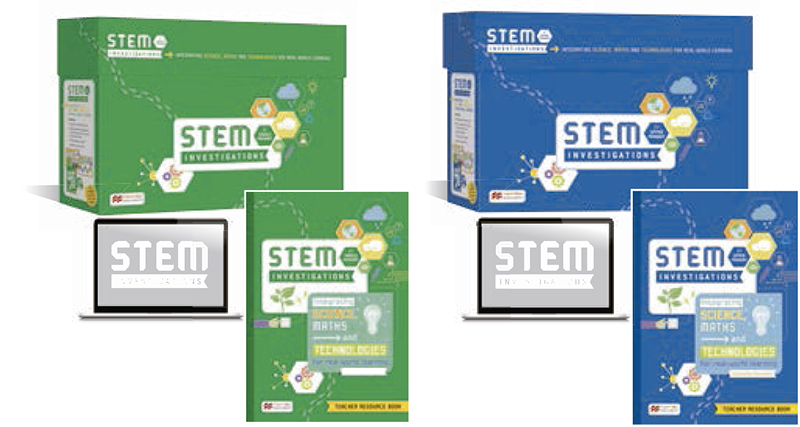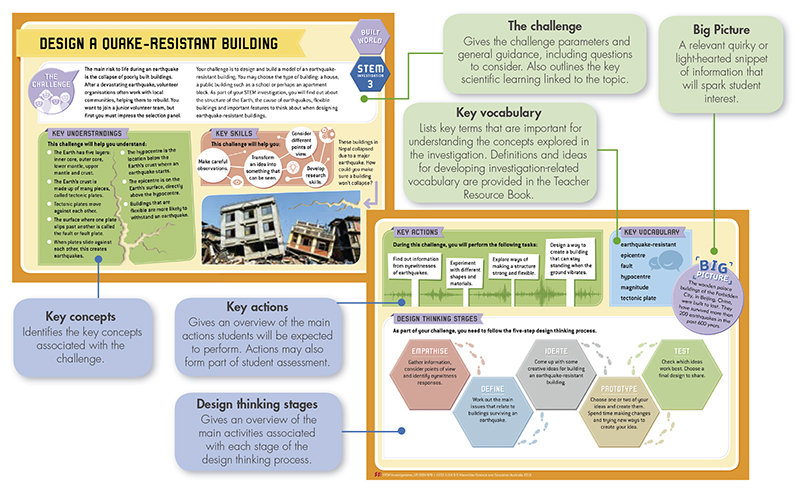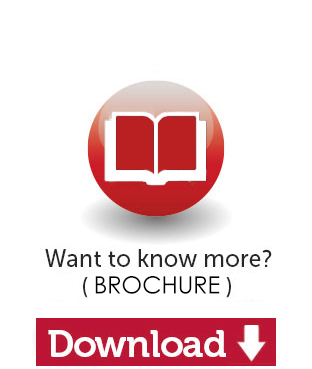STEM BOX – PRIMARY: YEARS 3 – 6
Our STEM Boxes contain a range of curriculum aligned activity cards and a teacher resource book to ease lesson planning and support enquiry-based learning.

What does the box include?
- 120 laminated student cards:
- 20 different investigations organised into five themes
- Six copies of each card (printable versions as well)
- A comprehensive full Teacher Resource Book with full online access.
- STEM Box Years 3-4
- STEM Box Years 5-6
Tick every box with STEM Investigations:
- Easy to use
- Expert authors
- Supports classroom differentiation
- Curriculum aligned
- Highest quality
- Extremely good value
- For Middle and Upper Primary
Teacher’s Components
Resource Book and Digital Resources provide:
- STEM implementation support
- Links to useful resources including videos, learning objectives, apps and websites
- Detailed curriculum links
- Support to utilise the Design Thinking process
- Suggested pacing schedule
- Assessment resources such as rubrics and self-assessment
- Reproducibles
The Design Thinking process:
- Made famous by Stanford University Design School
- Guides students through the stages required to produce an end product
- Stage 1 – empathise with and find different points of view
- Stage 2 – define the issue
- Stage 3 – ideate by generating lots of ideas
- Stage 4 – create a prototype
- Stage 5 – test their design.
Student Cards
STEM Investigations are organised into five themes:
- Built World –machines, building designs, town planning and transportation.
- Managed World – human-made systems, communities and manufacturing.
- Natural World – animal and plant life cycles, adaptations, geological changes, extreme events and chemical science.
- Sustainable World – finite resources, human interactions with the natural world and sustainability.
Features:
- Each investigation card presents a real life situation
- Guided enquiry approach
- Every card requires the application of STEM
- Ability to work individually, in pairs or in groups.
How it works:
- The challenge outlines key scientific learning and questions to consider
- Key understandings identify curriculum links
- Key vocabulary lists terms and definitions that are important for the investigation
- Key actions give an overview of the task
- Design thinking stages explores relevant thinking
- The big picture provides a snippet of information to spark student interest.



